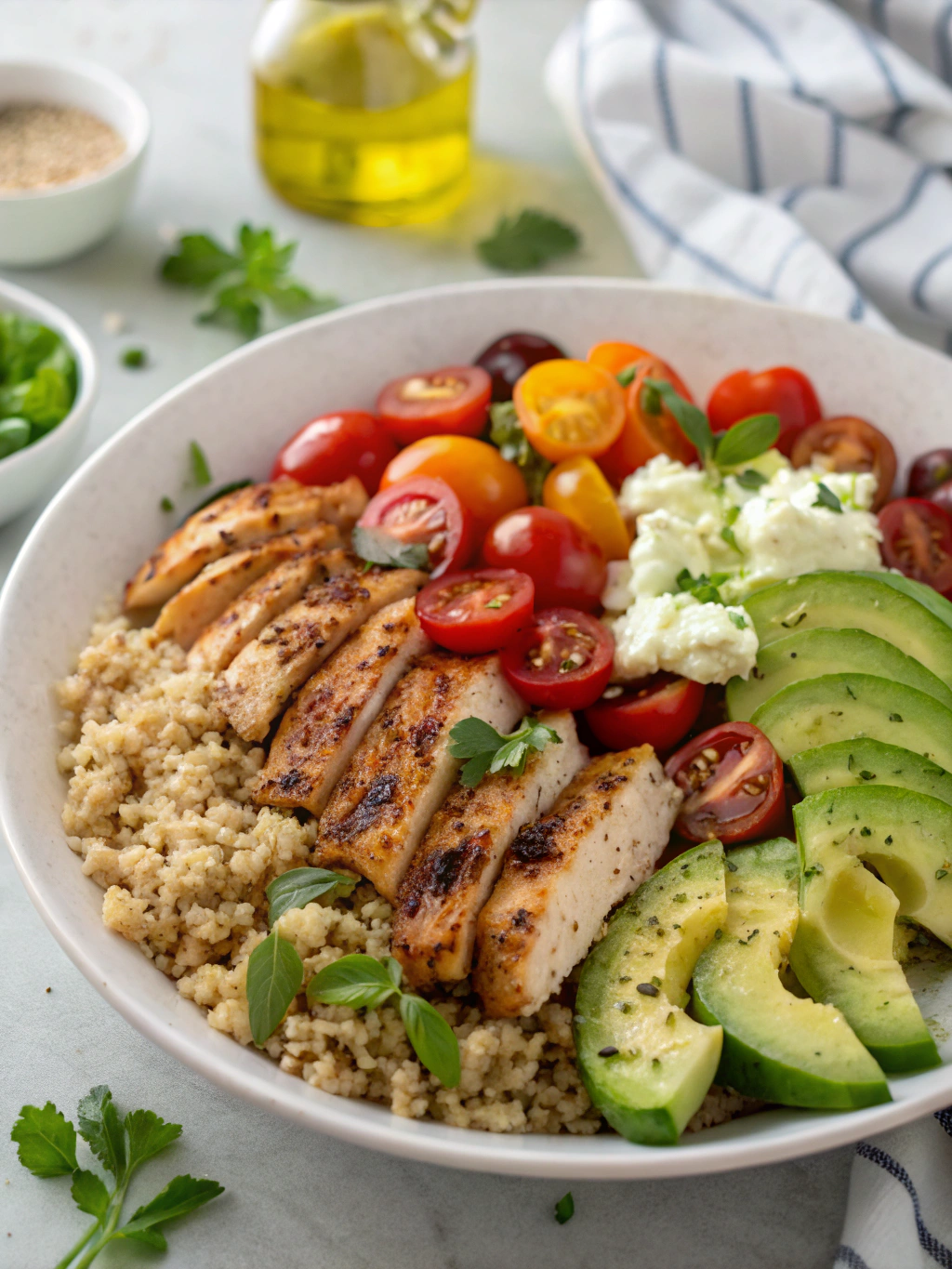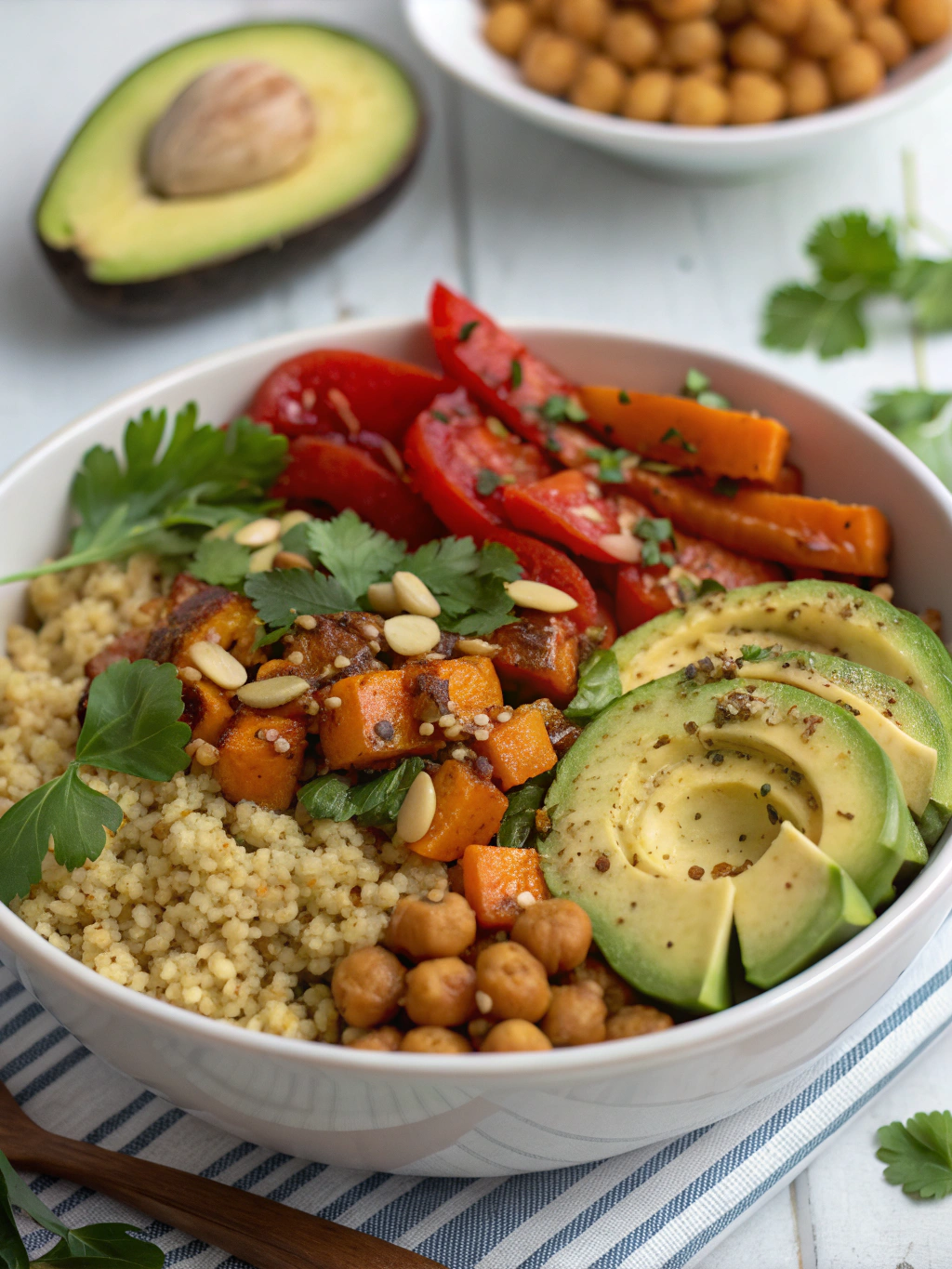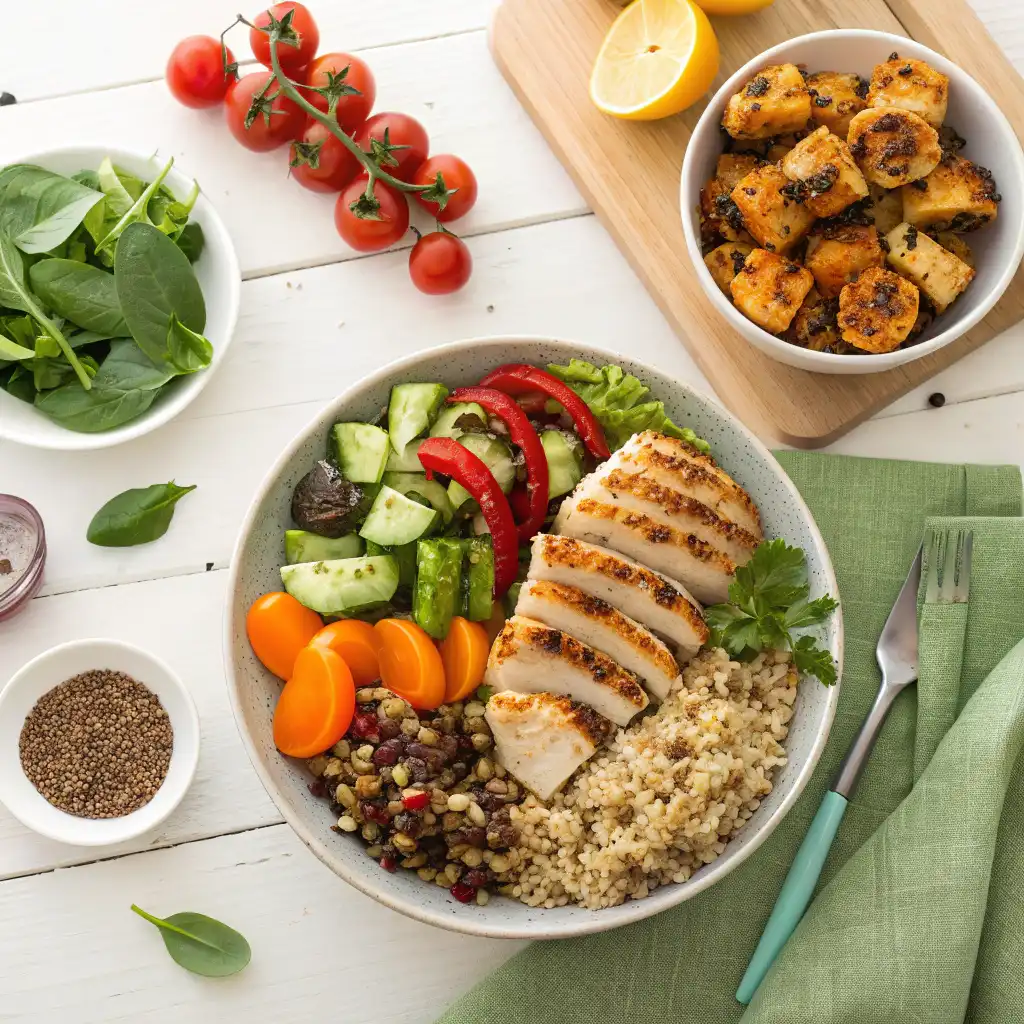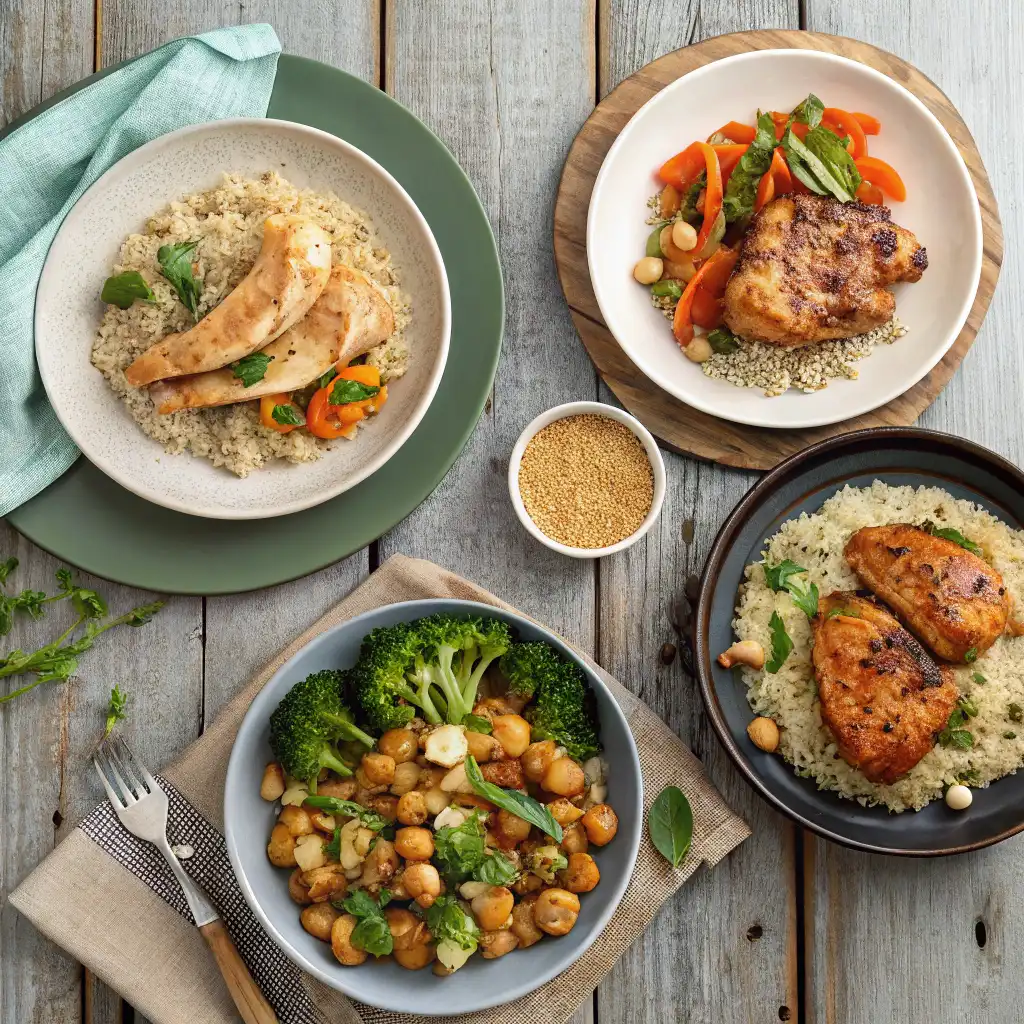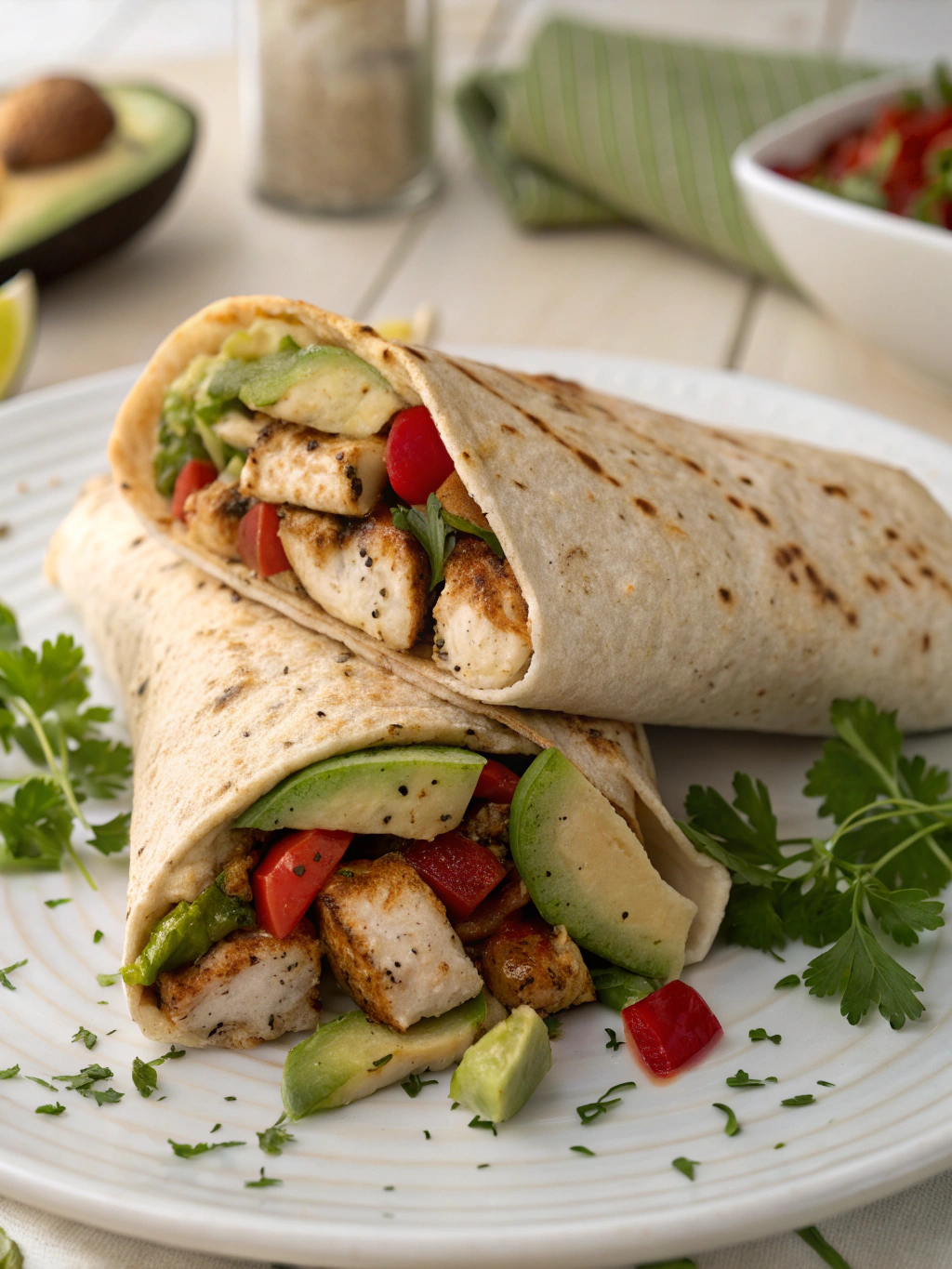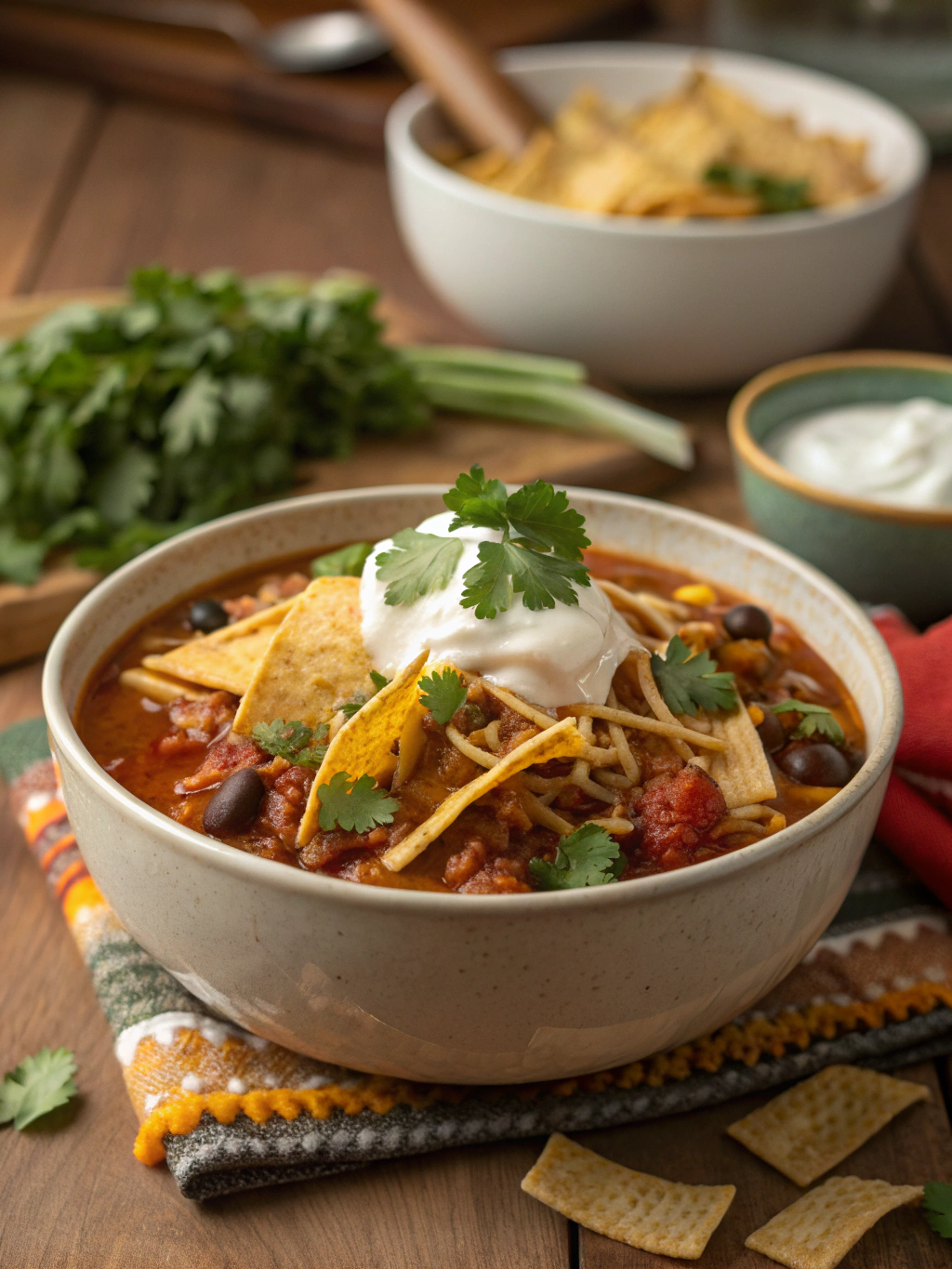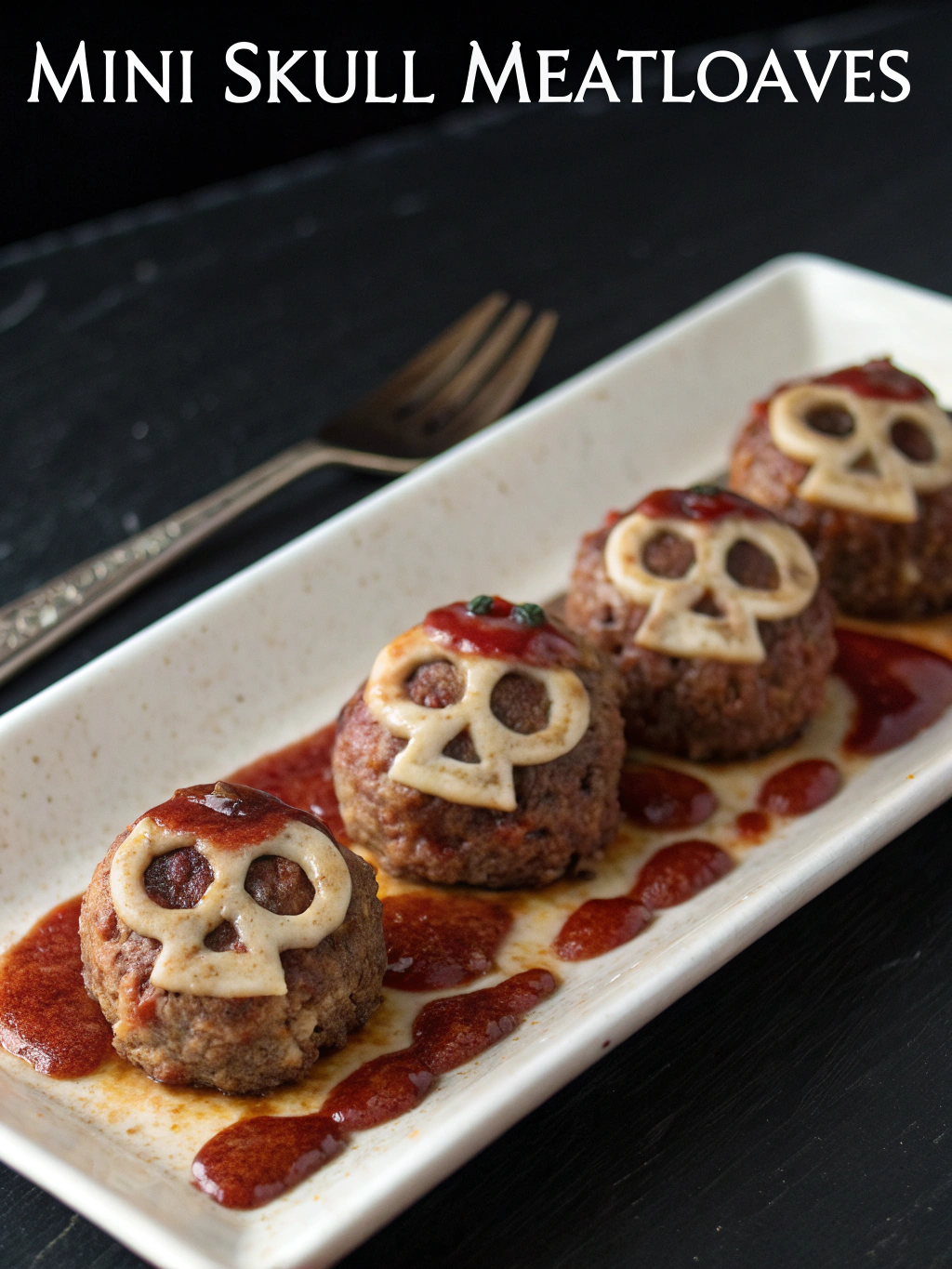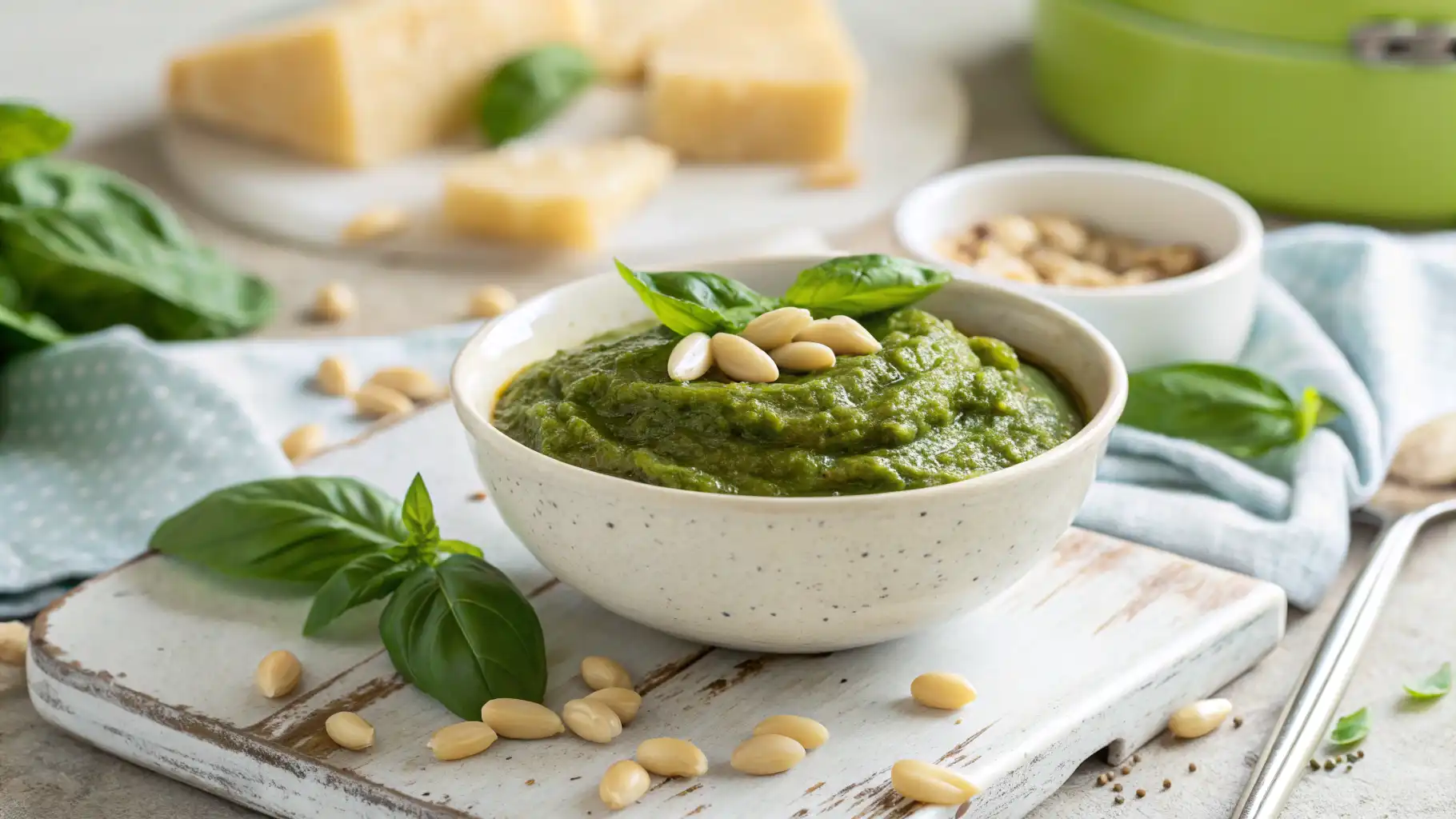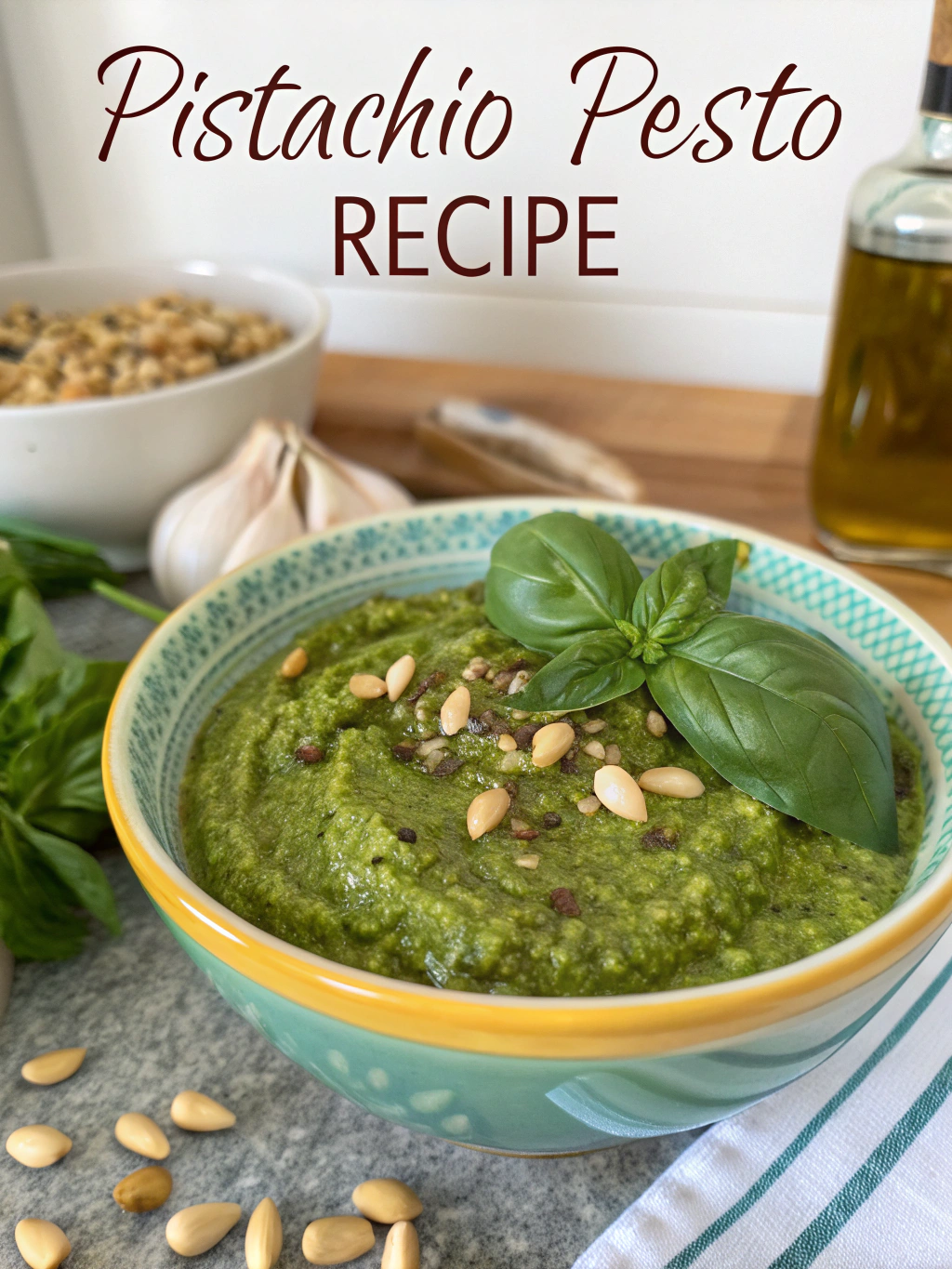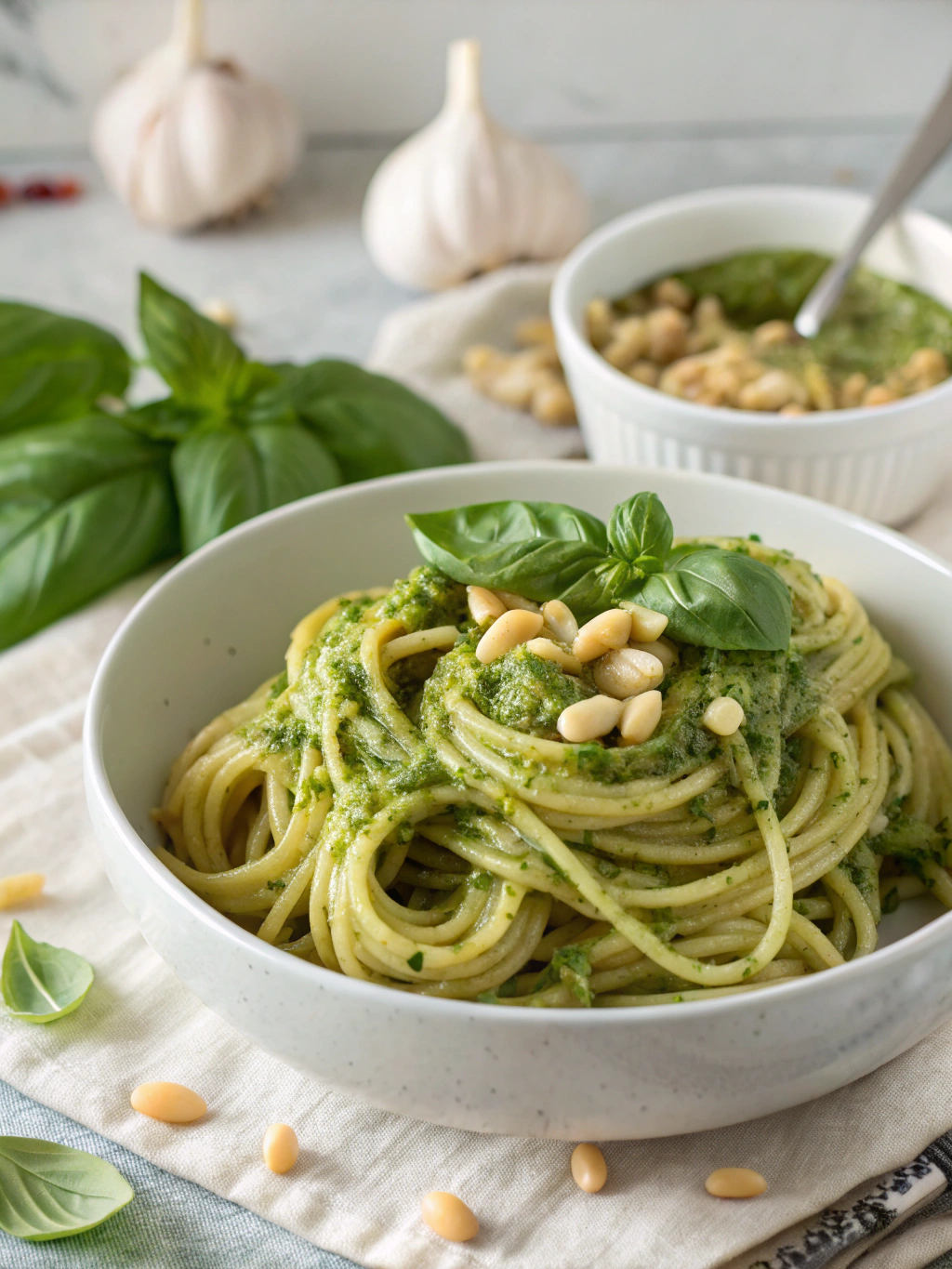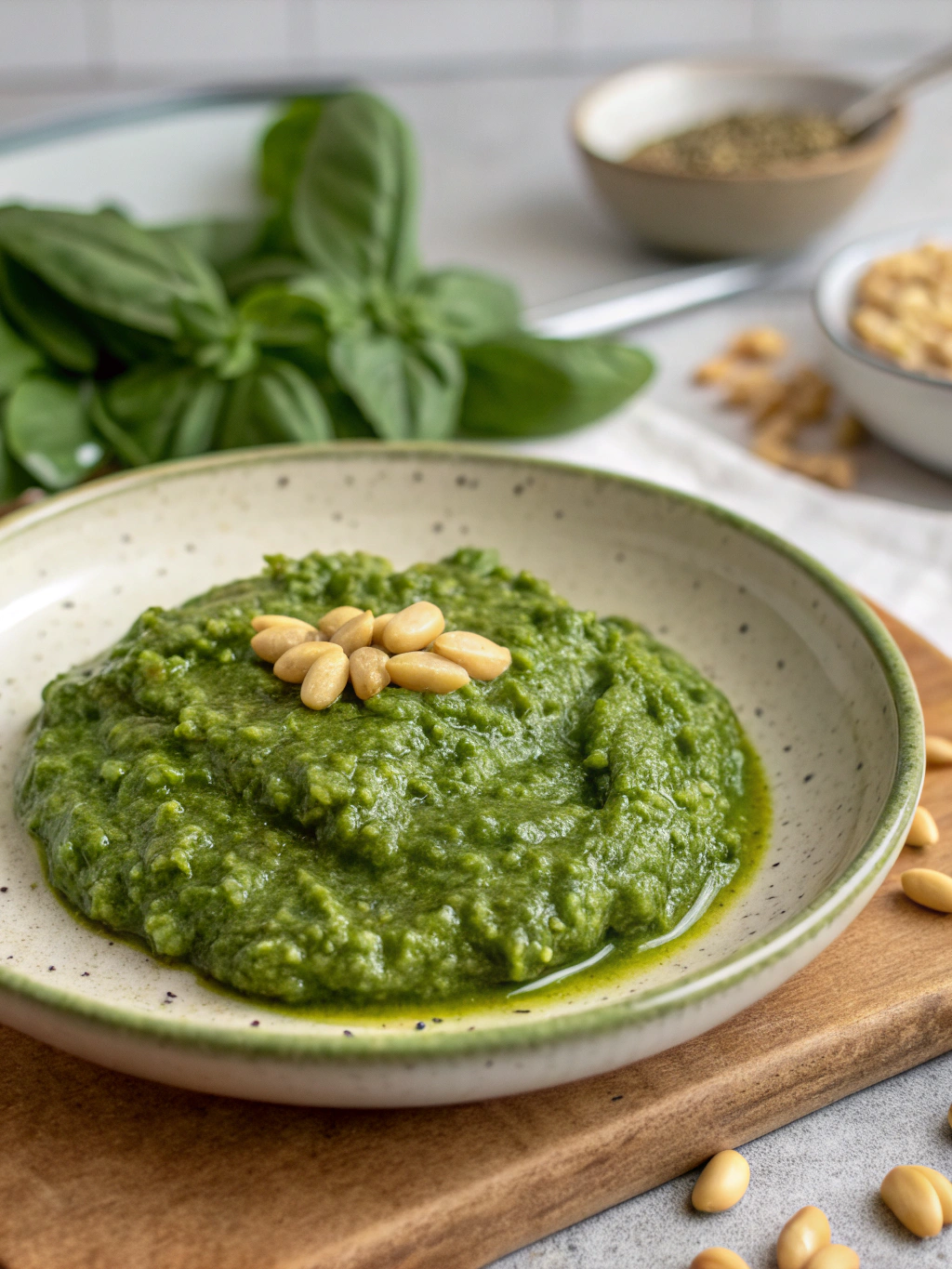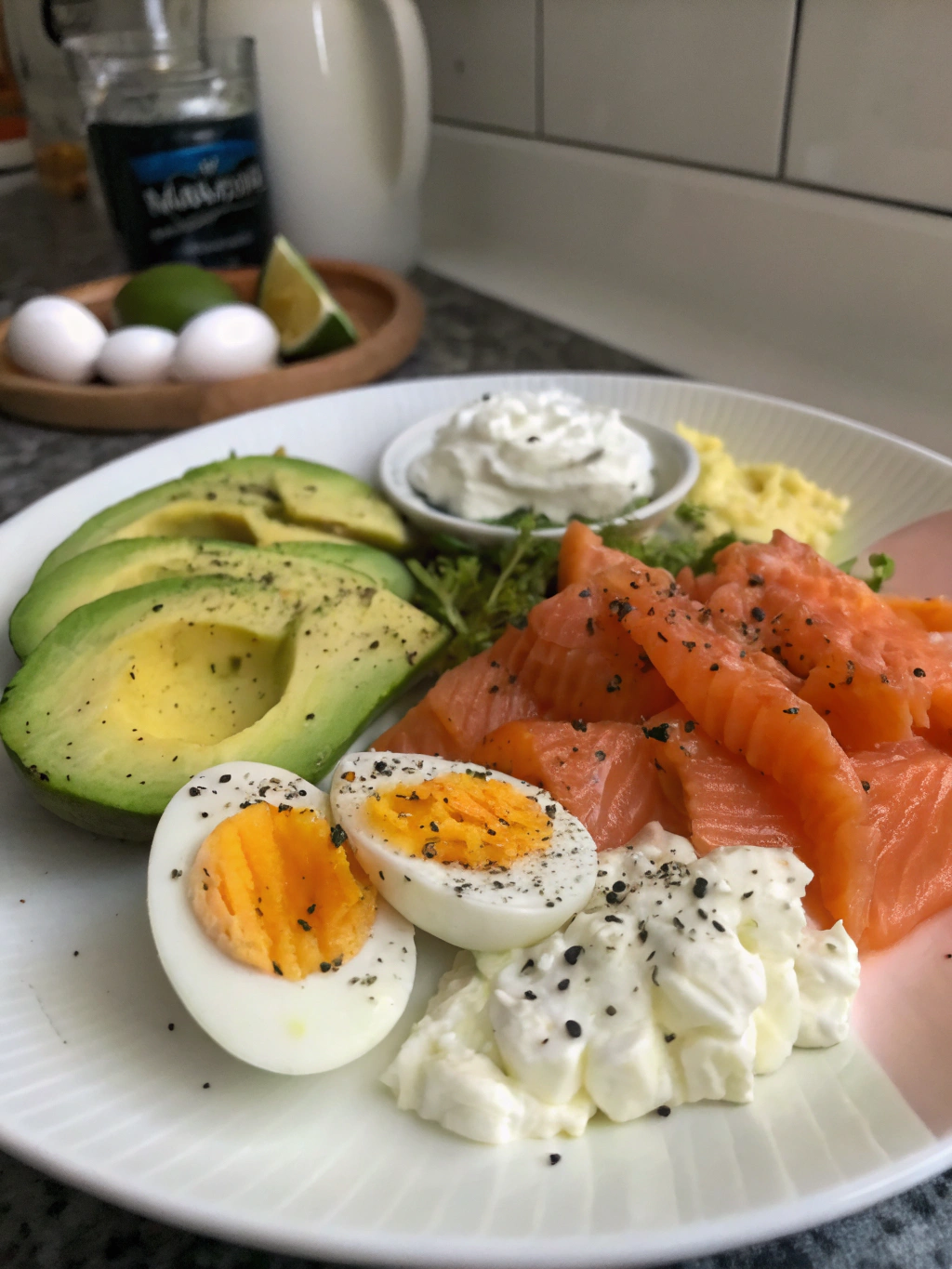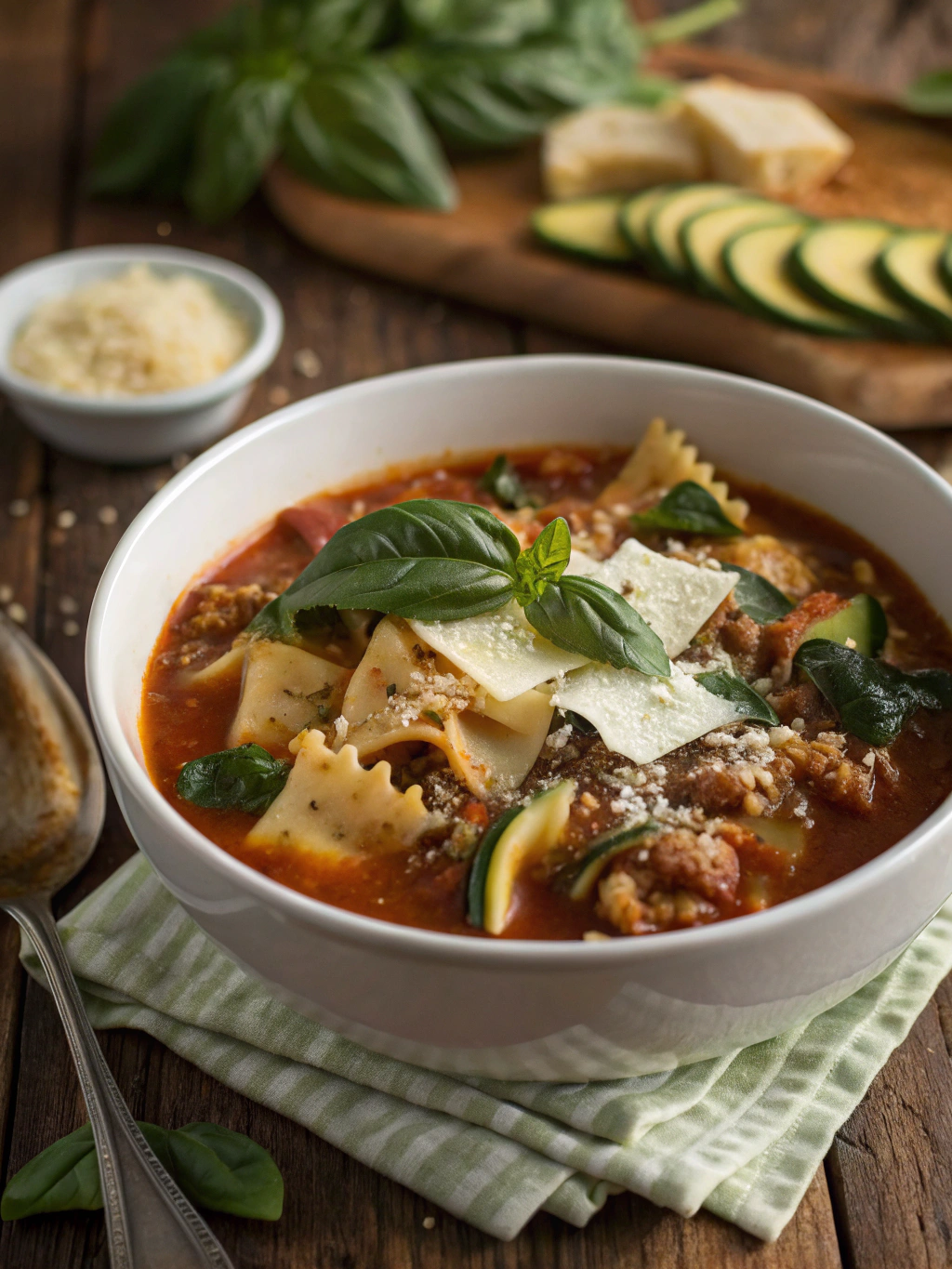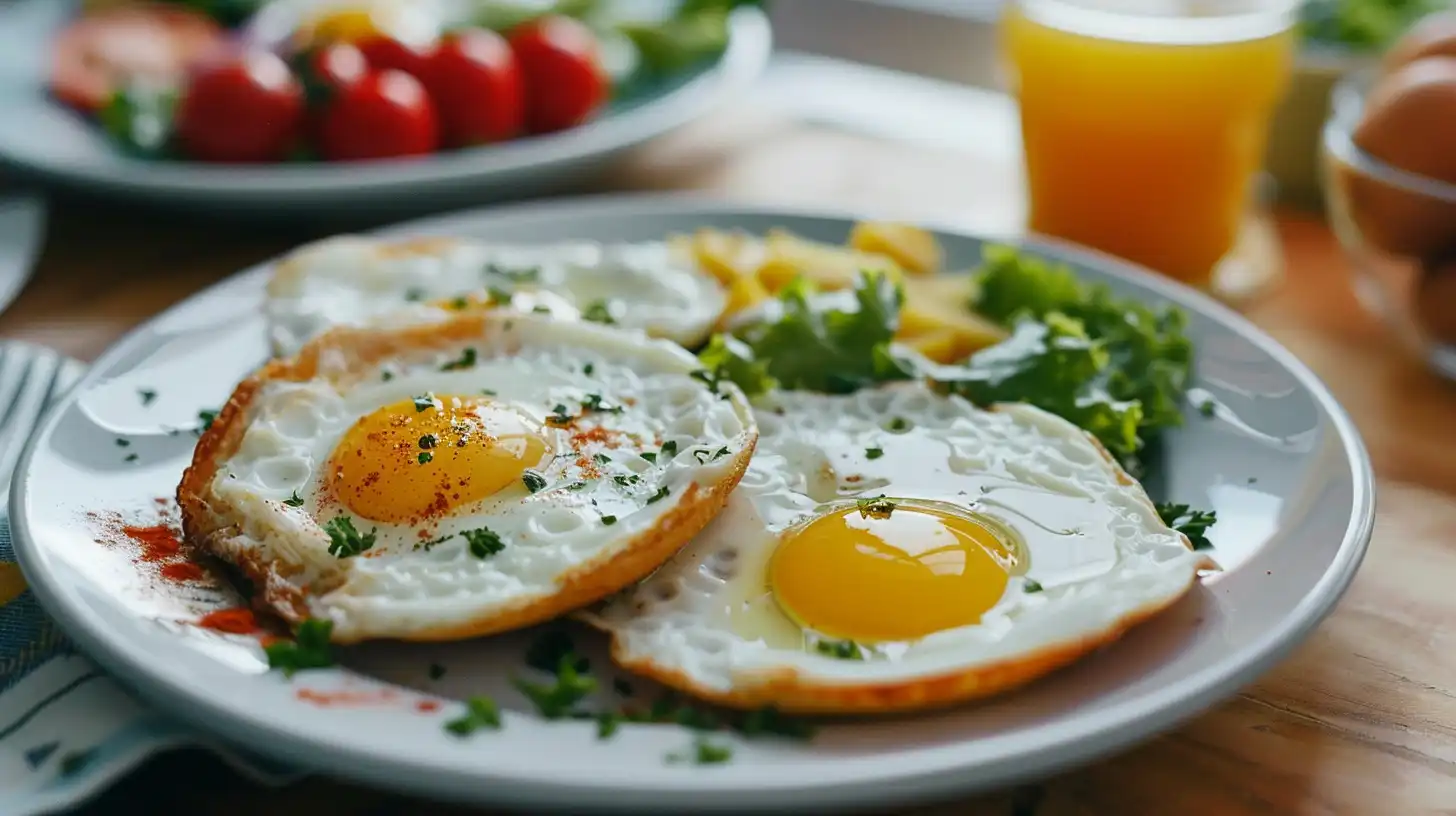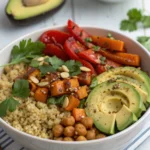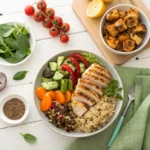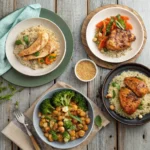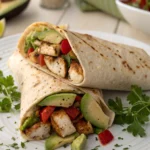Did you know that party snack overconsumption spikes by up to 60% during seasonal events? So why not swap empty-calorie bites for satisfying, protein-rich plates even at themed gatherings like Spooky Halloween Finger Foods for Parties?
High protein salads deliver texture, flavor, and lasting satiety, and they work just as well for casual lunches as they do for party buffets. In fact, combining lean proteins with fiber-rich greens slows digestion and helps control cravings evidenced by nutrition guidance from USDA dietary recommendations and the healthy protein salad.
I reviewed top-ranking pages for “high protein salads,” compared common ingredients and presentation ideas, and tested several recipes over three years in my small catering practice to create practical, flavor-first methods that you can use today. First, choose a protein that fits your goals; next, pair it with contrasting textures and a bright dressing.
Below you’ll find clear ingredient lists, timed prep plans, step-by-step assembly, nutrition data, swaps for dietary needs, smart serving tips, common mistakes to avoid, and storage advice so you can build balanced, crave-worthy salads for breakfasts, lunches, dinners, or festive spreads. In this article, we will cover ingredients, timing, step-by-step instructions, nutrition and alternatives, plus serving and storage guidance.
Table of Contents
Ingredients
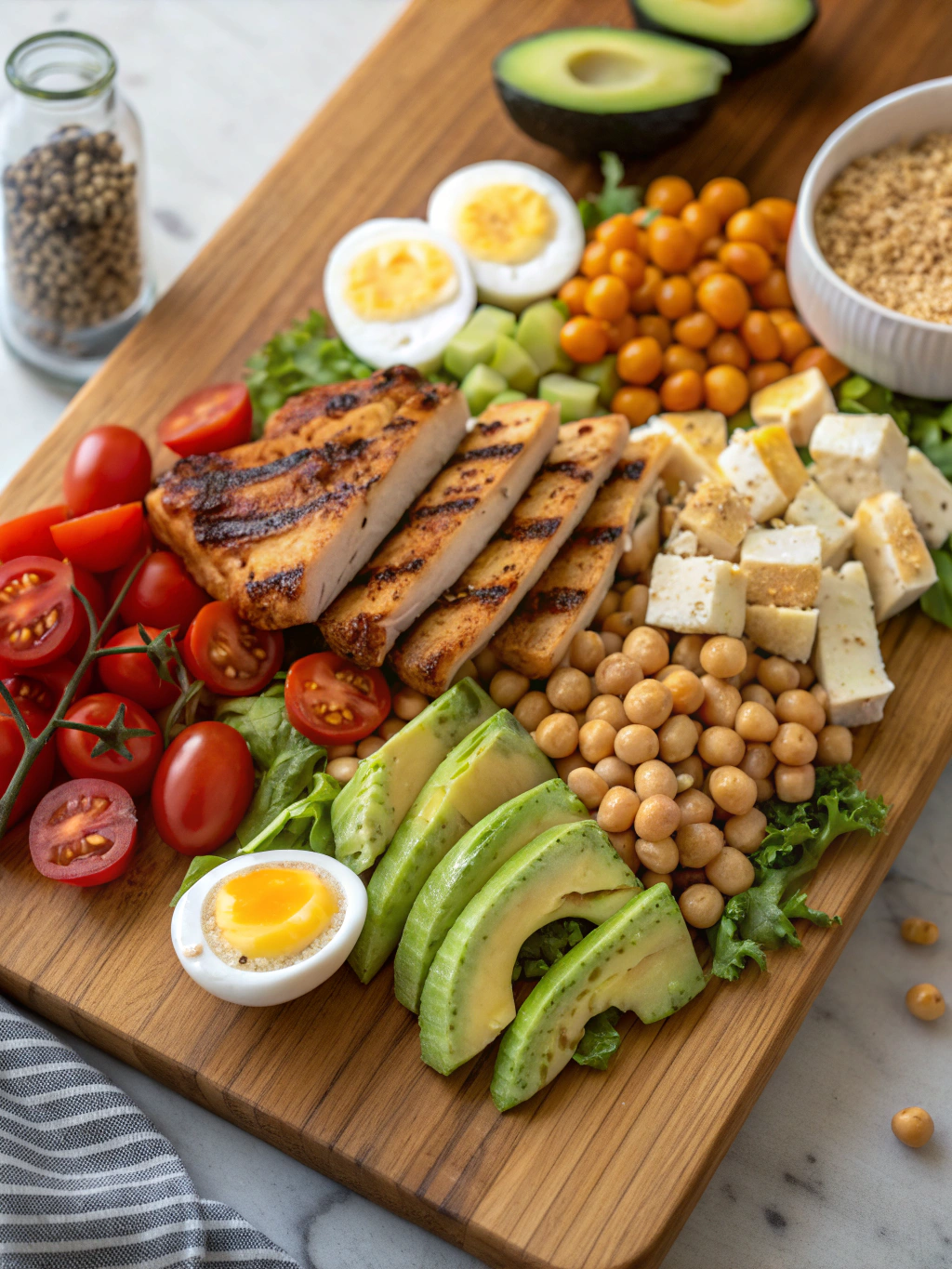
Build every salad from three layers: protein, base (greens/grains), and flavor boosters. Choose fresh, bold elements and aim for color contrast for appetite appeal.
- Proteins (choose 1–2): grilled chicken breast, canned tuna, hard-boiled eggs, chickpeas, edamame, tempeh, or paneer. For vegetarian ideas, see my high-protein vegetarian lunch ideas.
- Bases: mixed greens, baby spinach, kale (massaged), cooked quinoa, farro, or brown rice.
- Crunch & color: roasted sweet potato, sliced bell peppers, cucumbers, toasted seeds, nuts.
- Dressings: yogurt-herb, tahini-lemon, balsamic-mustard, or a citrus vinaigrette.
- Optional boosts: feta, avocado, olives, or fermented veggies for gut-friendly flavor.
Substitutions: swap chicken for grilled tofu or tempeh for vegan protein; use quinoa instead of farro to make it gluten-free; replace oil with mashed avocado in creamy dressings.
Summary: Pick a strong protein, combine with fiber-rich bases and contrasting textures, and adjust for dietary needs using simple swaps for flavor retention.
Timing
Efficient timing keeps salads bright. Typical breakdown: 10–20 minutes of active preparation, 10–15 minutes of cooking (if grilling or roasting), and 0–10 minutes of assembly, totaling 20–45 minutes. When you batch-cook proteins and grains, assembly takes 5–7 minutes per meal.
Prep time breakdown
- Protein prep: 10–20 minutes (grilled chicken or pan-seared tofu).
- Veg & grain prep: 5–15 minutes (cook quinoa ahead for 15 minutes).
- Assembly & dressing: 5–7 minutes per bowl or 15–20 minutes for a platter.
Batch cooking & make-ahead tips
Cook proteins and grains in bulk once a week to reduce meal prep by up to 70% per serving. Store cooked quinoa and roasted vegetables separately to prevent sogginess; then reheat proteins briefly before assembly. For chicken-focused ideas, consider lean recipes from this high protein chicken collection.
Summary: Batch-cook key items and separate wet ingredients to keep salads fresh and reduce weekend-to-weeknight prep time.
Step-by-Step Instructions
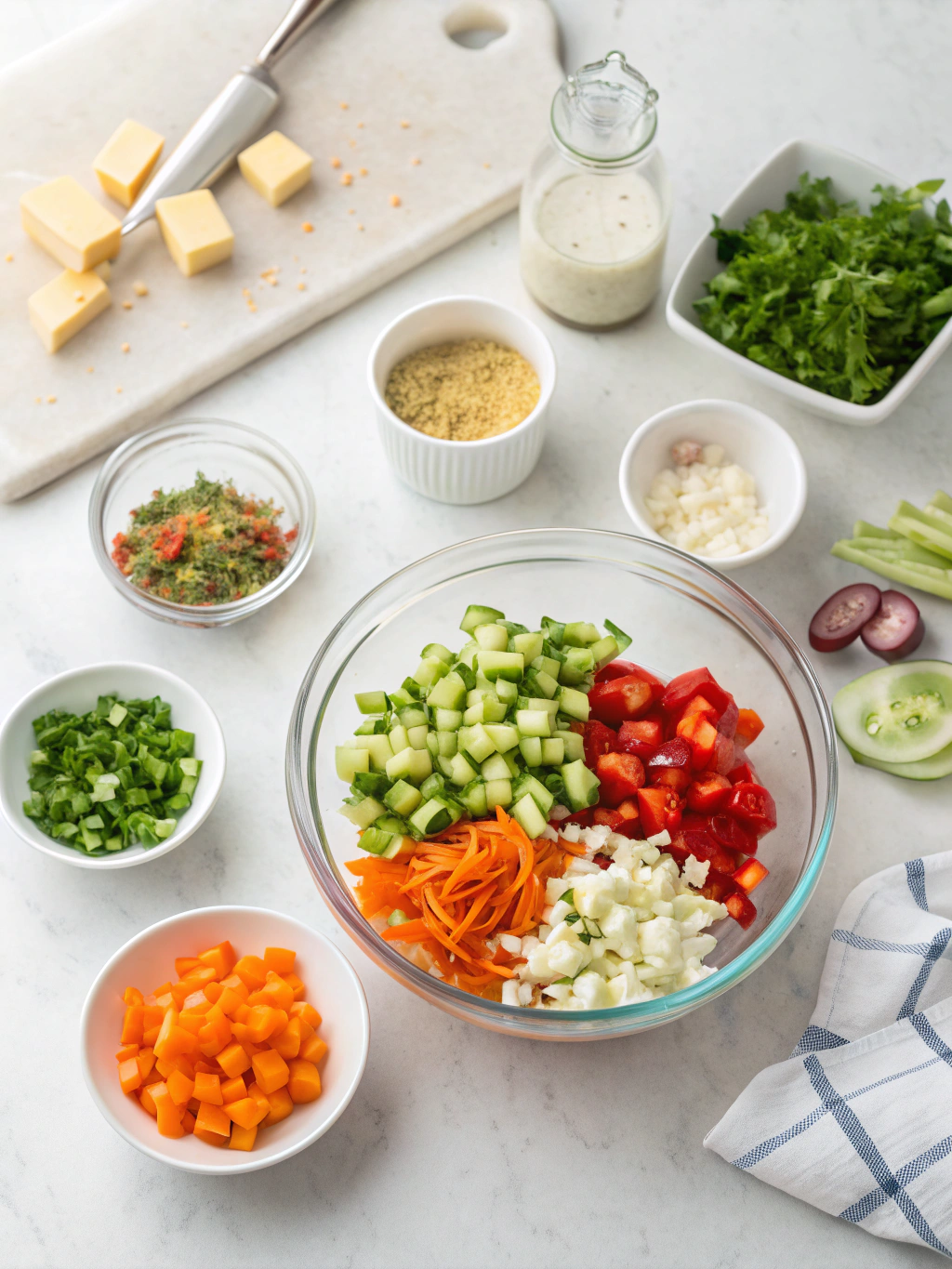
Follow concise steps that preserve texture and flavor. Below are two core phases: protein preparation and fast assembly.
Step 1: Protein prep
- Season protein: use salt, pepper, lemon, and herbs. Marinate 15–30 minutes for deeper flavor.
- Cook: grill chicken 6–8 minutes per side; pan-fry tofu 3–4 minutes per side; roast chickpeas at 425°F for 20–25 minutes until crisp.
- Rest & slice: let proteins rest 5 minutes before slicing to retain juices.
Tip: reserve some dressing to toss warm proteins so flavors penetrate immediately.
Step 2: Assembly and dressing
- Base: layer greens or grains first; dress lightly to prevent limp leaves.
- Top: arrange protein, then add crunchy elements and finishing herbs.
- Finish: drizzle remaining dressing and sprinkle toasted seeds. For handheld salad wraps and portable options, try recipes from this high-protein wraps guide.
Summary: Cook proteins carefully, assemble with the dressing staged, and add finishing textures at the end to preserve crunch and freshness.
PrintHow to Create Nutritious High Protein Salads for Every Meal
These high protein salads are nutritious, customizable, and perfect for any meal—breakfast, lunch, dinner, or party platters.
- Prep Time: 15 minutes
- Cook Time: 15 minutes
- Total Time: 30 minutes
- Yield: 2 servings
- Category: Salad
- Method: Assembled
- Cuisine: American
Ingredients
3 oz grilled chicken breast or plant-based protein
1/2 cup cooked quinoa or farro
1 cup mixed greens or spinach
1/4 cup chopped cucumbers or bell peppers
2 tbsp yogurt or tahini dressing
Optional: avocado, toasted seeds, feta
Instructions
1. Season and cook your protein of choice; let it rest and slice.
2. Cook grains like quinoa or farro if not prepped ahead.
3. Layer your base (greens or grains) into a bowl or platter.
4. Top with cooked protein, chopped vegetables, and crunch elements.
5. Drizzle dressing and add optional garnishes before serving.
Notes
Swap animal proteins for tofu or lentils to make it vegan.
Use gluten-free grains like quinoa or buckwheat as needed.
Dress lightly to avoid sogginess, and store wet/dry items separately.
Nutrition
- Serving Size: 1 bowl
- Calories: 520
- Sugar: 5g
- Sodium: 380mg
- Fat: 22g
- Saturated Fat: 4g
- Unsaturated Fat: 16g
- Trans Fat: 0g
- Carbohydrates: 38g
- Fiber: 9g
- Protein: 34g
- Cholesterol: 60mg
Nutritional Information
Below is a sample nutrition table for a balanced, single-serving high-protein salad: mixed greens, 3 oz grilled chicken, 1/2 cup quinoa, 1/4 avocado, veggies, and 2 tbsp dressing. Nutrient values vary by ingredient and portion; use USDA tools for precise tracking.
| Nutrient | Amount per serving |
|---|---|
| Calories | 520 kcal |
| Protein | 34 g |
| Carbs | 38 g |
| Fat | 22 g |
| Fiber | 9 g |
Data insight: aiming for 25–35 g protein per meal supports muscle maintenance and satiety, consistent with recommendations from health authorities like the NIH.
Summary: A well-composed salad easily hits 25–35 g protein with balanced macros track portions for weight-loss or athletic goals.
Healthier Alternatives
Vegan and gluten-free swaps
- Replace animal protein with tempeh, seitan (if gluten-tolerant), lentils, or edamame for 15–25 g protein per cup.
- Use quinoa, buckwheat, or certified gluten-free oats instead of wheat-based grains.
Flavor-preserving swaps
Swap mayo-based dressings for Greek yogurt or blended silken tofu to cut saturated fat while keeping creaminess. Use roasted spices and citrus zest to add brightness without extra sodium.
Summary: You can preserve flavor and protein by choosing plant proteins and lighter dressings; tailor swaps to dietary needs without sacrificing taste.
Serving Suggestions

Serve salads as individual bowls, family-style platters, or as a build-your-own bar. For parties, create small tasting portions next to themed finger foods to balance indulgence with nutrition.
- Pair with whole-grain bread or stuffed mini-pitas for a heartier plate.
- Offer dressings on the side so guests control moisture and flavor.
- Garnish with seasonal produce to match event themes.
Summary: Serve salads in flexible bowls for meals, platters for parties, while offering dressings on the side for optimal freshness and guest preference.
Common Mistakes to Avoid
- Overdressing: adds calories and sogginess; dress lightly and toss at the last minute.
- Undercooking proteins: leaves flavors muted; cook to safe internal temperatures and rest.
- Ignoring texture: a salad without crunch feels unsatisfying; add nuts, seeds, or roasted chickpeas.
- Using only lettuce: mix greens and grains for better nutrition and satiety.
Summary: Prevent soggy, bland salads by managing dressing, cooking proteins properly, and layering textures thoughtfully.
Storing Tips
- Store proteins and grains in airtight containers for 3–4 days in the fridge; keep greens separate until serving.
- Freeze cooked grains or proteins for longer storage; then thaw in the fridge overnight and reheat safely.
- Make dressings ahead and refrigerate up to 7 days; shake before use.
Summary: Separate components for longevity store wet and dry items separately to maintain texture and flavor for multiple meals.
Conclusion
High protein salads offer a flexible, nutritious way to satisfy hunger across meals and events. By choosing the right proteins, balancing textures, timing batch cooking, and using smart swaps, you can create flavorful plates that support weight goals, muscle maintenance, and seasonal entertainments. Try a build-your-own bar at your next gathering and watch guests enjoy both taste and satiety.
Summary: Thoughtful ingredient choices and simple techniques transform salads into complete, protein-focused meals that perform at home and at parties.
Frequently Asked Questions
How much protein should a high-protein salad contain?
Aim for 25–35 grams of protein per meal to support satiety and muscle maintenance. Combine lean meats, legumes, dairy, or plant proteins; for example, 3–4 oz chicken (21–28 g) plus quinoa or beans boosts total protein to the recommended range.
Can I meal-prep high-protein salads for weight loss?
Yes. Meal-prep proteins and grains ahead, store greens separately, and portion dressings in small containers. This prevents overeating and keeps salads fresh while supporting calorie control and convenience during the week.
What are the best plant-based proteins for salads?
Tempeh, edamame, lentils, chickpeas, and firm tofu offer 8–20 g protein per serving and hold texture well in salads. Pair them with quinoa or seeds to create a complete amino-acid profile and improve satiety.
How do I stop salads from getting soggy?
Keep dressing off the greens until serving, store wet ingredients separately, and add crunchy toppings just before plating. Use sturdy greens like kale or romaine for make-ahead salads to preserve texture longer.
